How Do Cell Phone Boosters Work & Do They Work?
Cell Phone Signal Boosters Explained
The top two questions we get are, “How Do Cell Signal Boosters Work?” and “Do Cell Phone Signal Boosters Work?” With so many junk boosters out on the market, it makes sense to be skeptical about a device that claims to improve cell service. In this article, we'll be answering those questions and more in detail.
We fix poor cell phone signal! Find the right signal booster for you:


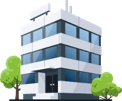
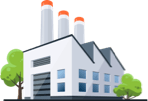
In this Blog:
- What is a Signal Booster?
- How Do Cell Phone Boosters Work?
- Do Cell Phone Boosters Work?
- Do Cell Phone Signal Boosters Work in Rural Areas?
- How Do I Know if A Signal Booster Will Work for Me?
- Signal Boosters that Actually Work
- Other FAQs
What is A Cell Phone Booster?
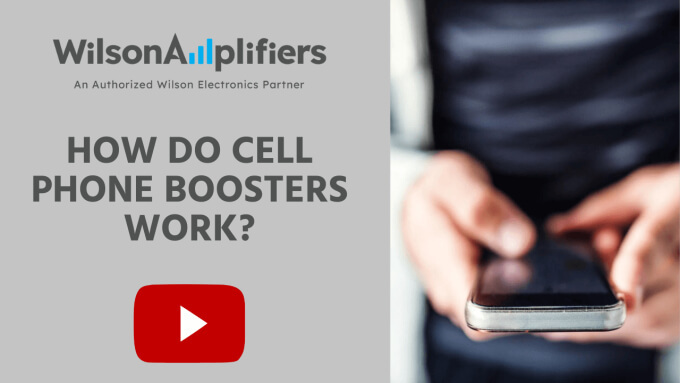
A cell phone signal booster is an RF system that improves 5G, 4G, and LTE cellular signal strength and coverage inside homes, businesses, and vehicles. Bi-directional, it also strengthens communication back to nearby cell towers to reduce connection drops. Users will enjoy fewer dropped calls, reliable texting, faster data speeds, and extended battery life.
For those who have an ounce of cellular signal outside, but weak to no signal inside, cell phone boosters are a great solution.
So, How Do Cell Phone Boosters Work?
It’s simple, really. Whether for home, vehicle, or commercial, cell phone boosters work in just three steps:
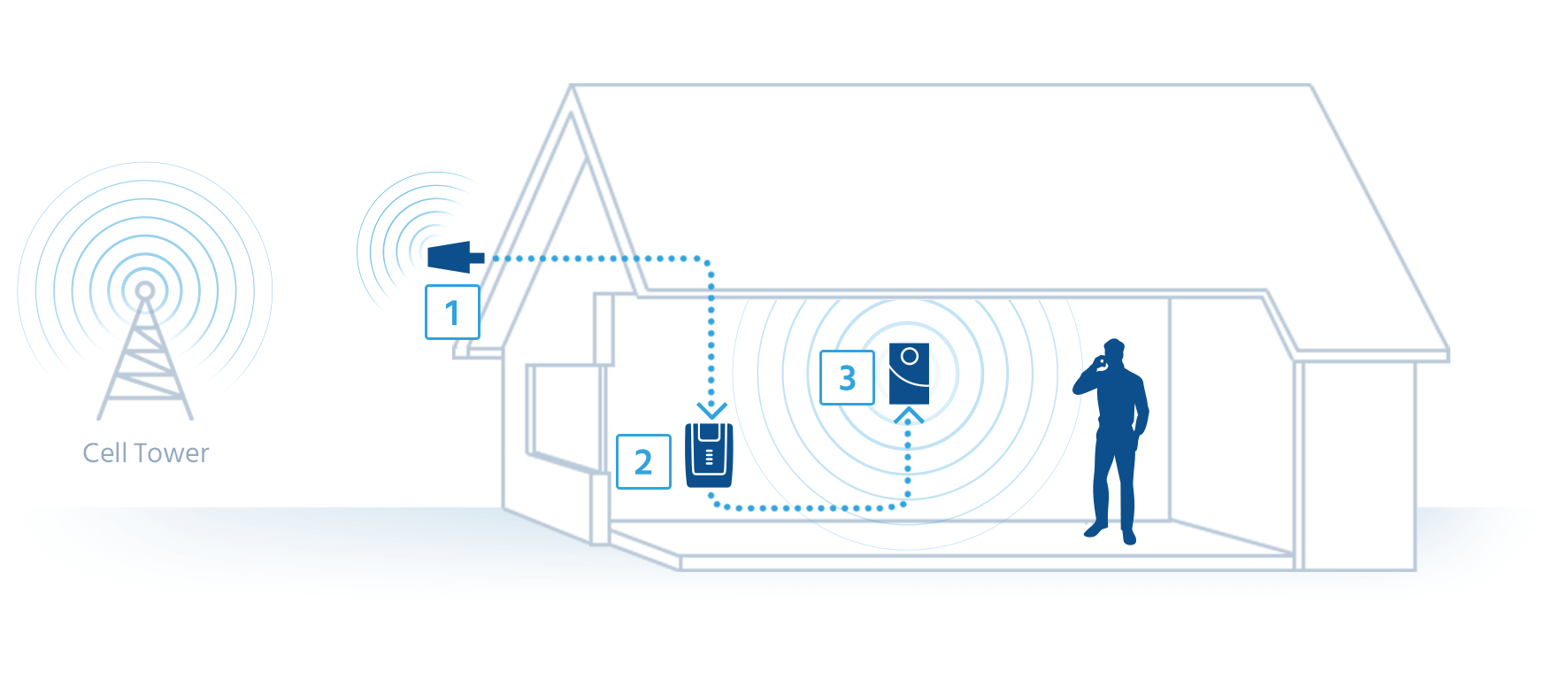
Pulls in cell signals from towers
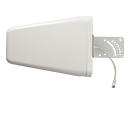
Boosts cell signals
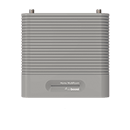
Broadcasts boosted signals inside
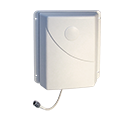
 Cellular Device
Cellular Device
Gets boosted signal
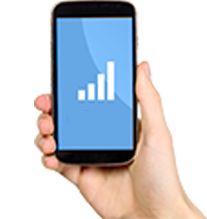
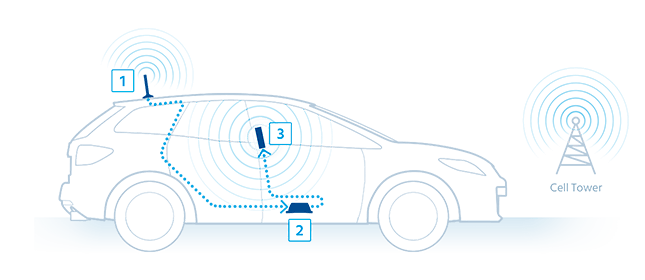
Pulls in cell signals from towers
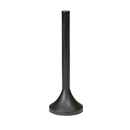
Boosts cell signals
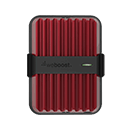
Broadcasts boosted signals inside
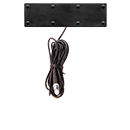
 Cellular Device
Cellular Device
Gets boosted signal

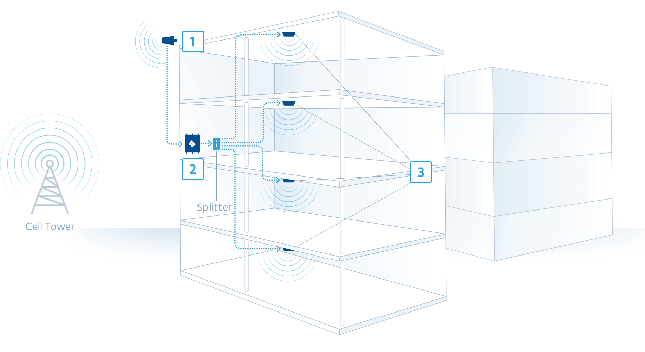
Pulls in cell signals from towers

Boosts cell signals
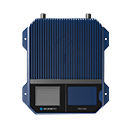
Broadcasts boosted signals inside

 Cellular Device
Cellular Device
Gets boosted signal

Coaxial cable is used to connect all components together and carry the cellular signals from antenna to antenna. This helps bypass signal-blocking building materials (i.e., metal, brick, concrete, etc.), which are often the number one reason for poor cellular reception inside.
Tall surrounding structures and cell tower distance also affect outdoor cellular signal strength, causing even weaker in-building and in-vehicle coverage. The system’s gain (measured in dB) and uplink/downlink output powers (measured in dBm) help maximize amplification. Using high-gain cellular antennas further enhances performance, especially in rural areas.
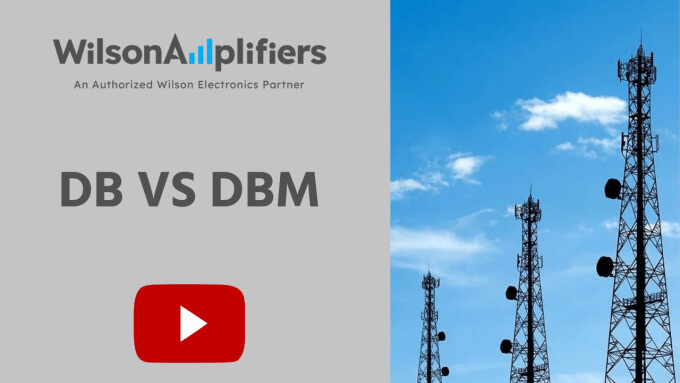
The coverage you get from a cell phone booster depends on your outside cellular signal strength as well as building layout. Under optimal conditions, in-building units can deliver coverage ranging from 3,000 to 500,000+ sq ft, while in-vehicle units can effectively cover an entire cab. However, weaker outside signal results in reduced coverage.
All cellular devices, including smartphones, tablets, cellular routers, hotspots, and the like, within the system’s coverage area, will automatically pick up the amplified signals. You’ll notice the frequency of dropped calls, failed texts, and slow data significantly decrease or stop.
When you make a call, send a text, or upload a photo, a more stable signal is sent back to the cell tower, strengthening your overall connection quality.
If you’re in an area without cellular reception, aka a dead zone, a cell phone booster will not work. These devices enhance existing signals, even if weak. They do not create them.
The FCC (Federal Communications Commission) tests and certifies cell phone boosters to ensure they work as claimed and don't cause harmful cellular network interference.
Do Cell Phone Boosters Work?
As long as you have a sliver of 5G, 4G, or LTE signals, FCC-certified signal boosters, like those from weBoost and WilsonPro, do work. They'll improve your signal strength for reliable calls and faster data. As mentioned, however, performance heavily depends on your existing cellular signal strength.
You don't have to take our word for it, though. Here are some success stories:
1) Home in Rural East Texas
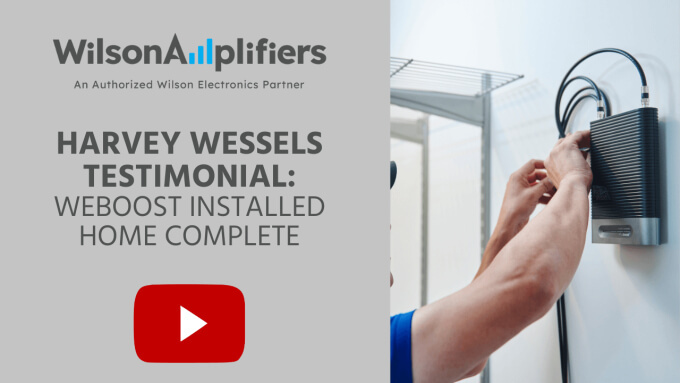
Before installing the weBoost Home Complete Installed, Mr. Wessels struggled staying connected with his daughter. The inside of his home was a near-dead zone. Post installation, signal strength significantly improved, allowing him to make and maintain phone calls without issues. His connection went from one bar to five! Click here for the full story.
2) Vehicle in the Colorado Mountains
Engagement tested the power of the weBoost Drive Reach out in the Colorado Mountains, where cell signal is pretty weak. Here are the results:
| Without Drive Reach | With Drive Reach |
| 1 Bar of Service | 3 Bars of Service |
| 2.37 Mbps Download & 0.03 Mbps Upload Speeds | 22.6 Mbps Download & 1.74 Mbps Upload Speeds |
You can see the complete video review here.
Will Signal Boosters Work in Rural Areas?
Cell phone boosters are designed with weak signal environments in mind. Thus, they will definitely work in rural areas where a sliver of cell signal is available. Both tests featured above were conducted in rural locations. Here you'll find the best cell phone signal boosters for rural areas.
How Do I Know if A Signal Booster Will Work for Me?
Cell phone signal boosters will work for anybody who has some cell signal outside their home, business, or along their commuting route. They will not work in areas with absolutely no available cell signal. You can use our cell signal strength test guide to check your signal strength. To get the strongest possible amplification, optimal installation is critical.
Building and Vehicle Signal Boosters that Actually Work
All of our cellular signal boosters are FCC-approved and work with all North American carriers, including AT&T, T-Mobile, and Verizon. They've improved cellular connectivity for hundreds of customers in the United States. Here are our most popular cell phone booster systems that actually work:
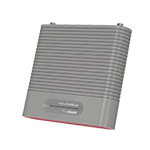

Available for any vehicle type. Offers incredible reach and amplification.
Buy Now: Starting at $499.99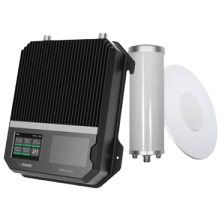
For small to medium businesses. Covers up to 10,000 sq ft.
Buy Now: $1,699.99If you’d like to explore more options, check out our best cell phone signal boosters guide.
FAQs
When Will a Signal Booster NOT Work?
Cell phone boosters will not work for you if:
- You have no cell signal outside your home, office, or vehicle.
- You’re trying to improve outdoor cell reception as they’re not designed for that.
- You’re trying to enhance your broadband internet connectivity.
Can I Install a Signal Booster Myself or Do I need Professional Help?
Most signal boosters are DIY installation friendly. Commercial units require professional installation.
Will Your Cellular Amplifiers Work with My Device?
They support all cellular devices, so, yes. Phones, tablets, hotspots, and the like are all covered.
Do Signal Boosters Work with 5G?
Yes, but only with select 5G bands. Read more about it here.
Will a Cell Signal Booster Boost WiFi?
These systems enhance cellular signals. Thus, they will not boost broadband internet. They can, however, improve WiFi performance from a jetpack, hotspot, or cellular router.
Why Are Cell Phone Signal Boosters Sold as Complete Kits?
In 2013, the FCC passed a rule mandating that cell boosters be certified with improved designs to avoid interference with carrier networks.
Back in the wild west days of cell boosters, some unregulated third-party units caused serious network interference issues.
Because of those bad eggs, cell carriers and reputable signal booster manufacturers requested tougher regulations and accountability. Thus, creating a standard for signal boosters. This lead to better-performing and carrier-compliant boosters.
So beginning in 2013 and moving forward, all cell phone signal boosters have been and must be FCC-certified. As a result, amplifiers cannot be sold separately.
Do Signal Boosters Work with Solar Panels?
A signal booster cannot be used directly with a solar panel, as it uses a specific power and voltage. However, you can use it with power DERIVED from a solar panel if it's the main source of power.
Do Signal Boosters Work During Power Outages?
Signal boosters rely on electricity to operate, so they won’t work during a power outage unless connected to a backup power source, like a generator, and cell towers are still active.
Do I Need to Pair My Phone to a Cell Phone Booster for it to Work?
Nope! Your phone will automatically pick up on the boosted signal. No need to manually connect your device.
Will a Signal Booster Cause an Increase in Data Rates?
Signal boosters do not use data. Though, by improving your cellular data connection, you may end up using more data.
Will a Signal Booster Improve Data Speed?
By improving your cellular connection, signal boosters can help improve data speeds.
Do Signal Boosters Have Monthly or Recurring Fees?
Nope! Signal boosters are a one-time purchase. Once you’ve got it set up, it just works.
Do I Need to Have an Internet Connection for a Signal Booster to Work?
No, they do not need WiFi or a landline internet connection to work. They simply boost cellular signal.
Will a Signal Booster Work with My Carrier?
All our booster systems work with all cellular carriers in the United States. However, some units from other manufacturers only work with one carrier at a time.
Ready to Boost Your Cellular Signal?
Now that you know how signal boosters work, and that they actually work, we can help find the right one for you.
Wilson Amplifiers is the leading provider of FCC-certified cellular amplifiers. Our home, office, vehicle, and enterprise units work with all North American carriers and devices. They're also 5G ready. Once installed, poor cell reception and slow data won’t plague your home, business, or vehicle anymore.
Call us(1-800-568-2723), email us (sales@wilsonamplifiers.com), or chat with us, to get started. We’re happy to help!
Further Readings
Interested in Learning More? Check Out Our Signal Boosting Info Center


Money Back Guarantee

Technical Support